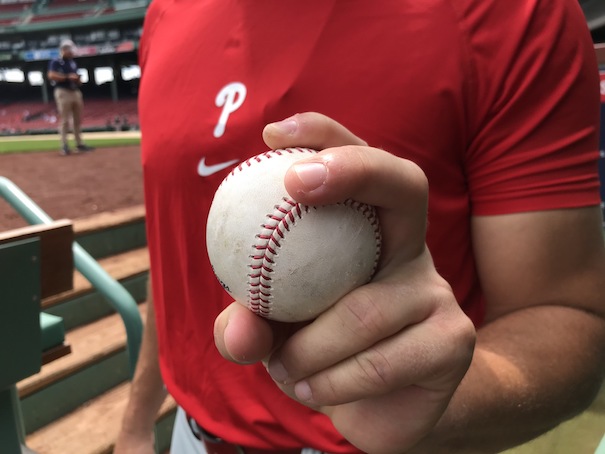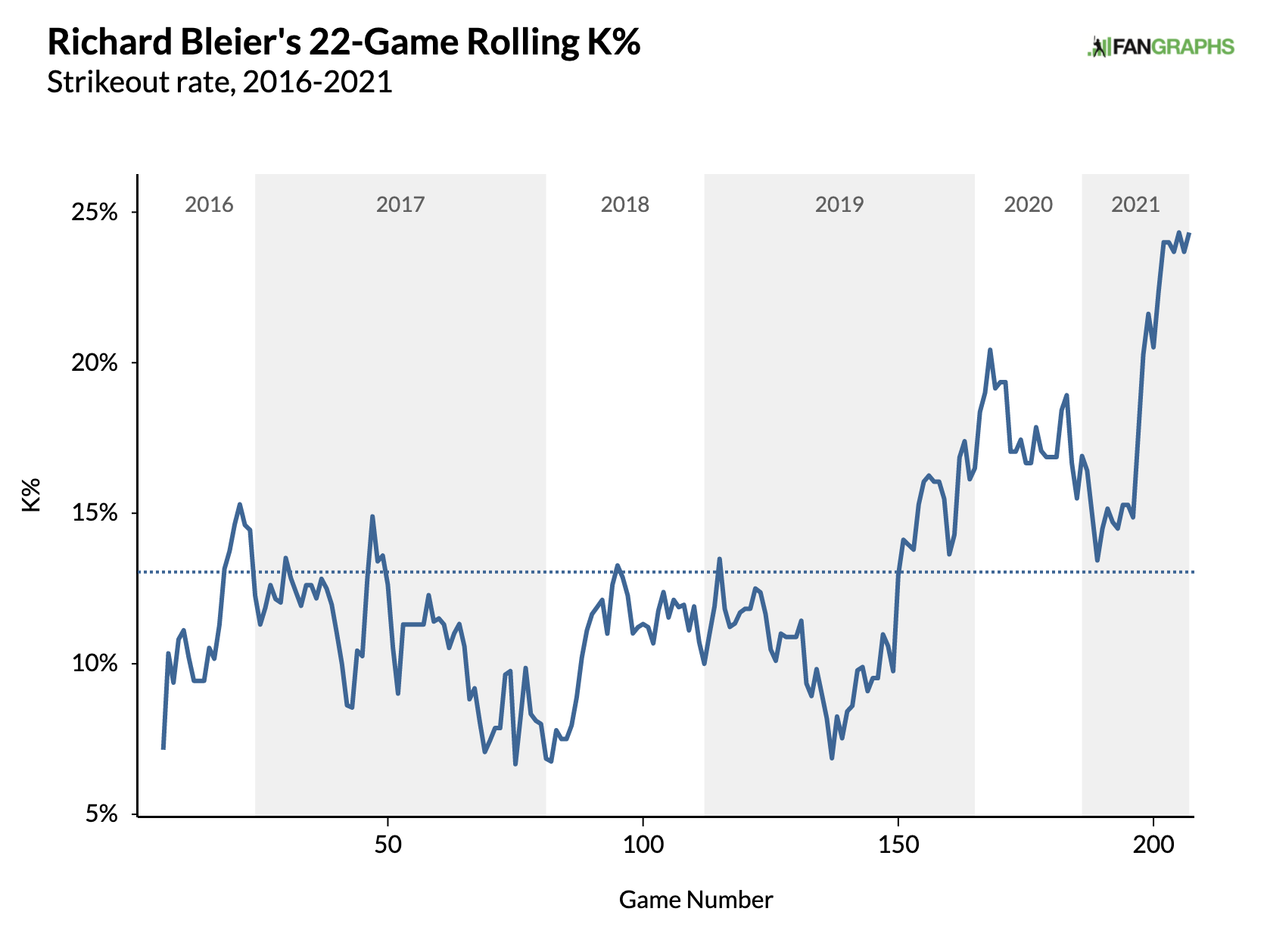Damon Jones, Zach McCambley, and Josh Staumont, on Crafting Their Curveballs and Sliders
The Learning and Developing a Pitch series returned last month after being on hiatus due to the pandemic. Each week, we’ll hear from three pitchers on a notable weapon in their arsenal. Today’s installment features a southpaw, Damon Jones, and a pair of right-handers, Zach McCambley and Josh Staumont, on their curveballs and sliders.
———
Damon Jones, Philadelphia Phillies prospect
“My slider is kind of seam-shifted. I get a lot of horizontal — something like 23 inches, which is pretty crazy — and I kind of picked it up off a Pitching Ninja video. It was Trevor Bauer’s grip, but I changed it up a little bit. It was more my thumb. I left the fingers how he had them, but he touches his thumb and I kind of hook it on the bottom part of the horseshoe. I think that helps the ball come out of my hand a little bit later. Watching the video, he wanted to get it out early and let it spin. I want it to be more of a late, back-foot pitch. The more I can make it look like a fastball the better, and it’s been pretty similar for me in terms of release point, release height, and all that.

“This was in 2019 — I made the jump from High-A to Triple-A that year — and it was shortly after spring training. After my first or second start in High-A, I was toying with stuff, saw the grip, and started throwing it. The guy on the Rapsodo was like, ‘Can you repeat that pitch? Can you do it again?’
“Then, when I got to Double-A, Tommy Hunter was rehabbing with us. He told me, ‘It’s like an Andrew Miller type of slider, it’s just wipeout.’ I was like, ‘Well, he’s got a lot of showtime and has seen a lot of guys with good sliders, and he’s comparing me to the guy Andrew Miller was when he was in his prime.’ I was like, ‘I’ll take that.’ Read the rest of this entry »


